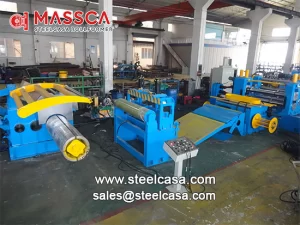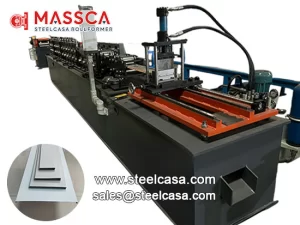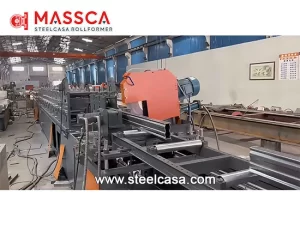Gearboxes and chain transmissions are two different methods of transferring power from an engine to the wheels in vehicles. Let’s explore the key differences between them:
- Mechanism:
- Gearbox Transmission: In a gearbox transmission, power is transmitted through a system of gears. These gears mesh with each other and can be shifted to change the gear ratio between the engine and the wheels. This allows the vehicle to operate efficiently at different speeds and torque requirements.
- Chain Transmission: Chain transmission, on the other hand, uses a system of chains and sprockets to transfer power from the engine to the wheels. The chain is wrapped around sprockets at both ends, and as the engine turns one sprocket, the chain transfers the rotation to the other sprocket, thus driving the wheels.
- Complexity:
- Gearbox Transmission: Gearboxes can be more complex due to the arrangement of gears, and they often require more intricate engineering. Manual gearboxes, in particular, involve a clutch mechanism and require the driver to manually engage and disengage gears.
- Chain Transmission: Chain transmissions are generally simpler in design. They consist of fewer components and are often lighter compared to gearboxes. However, they still require proper tensioning and maintenance.
- Efficiency:
- Gearbox Transmission: Gearboxes can offer good efficiency, especially in certain speed ranges where the engine operates optimally. However, there can be some energy losses due to friction in the gears.
- Chain Transmission: Chain transmissions also provide efficient power transfer, but they may have slightly more friction losses compared to some gearbox systems.
- Maintenance:
- Gearbox Transmission: Gearboxes require periodic maintenance, and issues can arise with gears, bearings, and the clutch (in the case of manual transmissions). Maintenance can involve changing fluids, inspecting gears for wear, and addressing any mechanical issues.
- Chain Transmission: Chains need to be regularly inspected and maintained. This includes checking for proper tension, lubrication, and replacing the chain and sprockets if they show signs of wear.
- Weight and Space:
- Gearbox Transmission: Gearboxes can be heavier and take up more space compared to chain transmissions.
- Chain Transmission: Chain transmissions are often lighter and more compact, making them suitable for certain applications where weight and space are critical factors.
- Cost:
- Gearbox Transmission: Gearboxes can be more expensive to manufacture and install, especially if they are part of an automatic transmission system.
- Chain Transmission: Chain transmissions are generally more cost-effective.
The choice between gearbox and chain transmission depends on factors such as the intended use of the vehicle, cost considerations, efficiency requirements, and the desired balance between complexity and simplicity in design. Different types of vehicles and applications may favor one method over the other based on these considerations.





